How to Kill Weeds in Flower Beds
.webp)
The weeds springing up in your flower beds are stealing water, nutrients, and sunlight from your precious plants. They have got to go! You can pull weeds by hand or spray them with herbicide, but these techniques don’t always eradicate them completely. Some weeds drop seeds while you’re pulling them out of the ground. Others have extensive root systems that re-sprout after the weed killer washes away. No, the trick to killing weeds in flower beds is to prevent them from growing in the first place.
Table of Contents:
Can Weeds Harm Flower Beds?
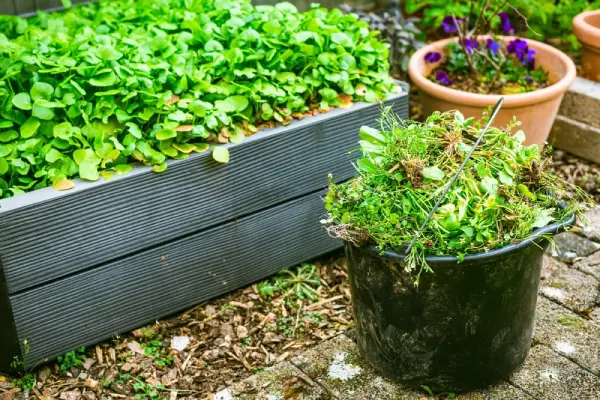
Weeds, which are simply any unwanted plants, are highly competitive, which is terrible news for flowers. Weeds produce lots of seeds, take root, and establish quickly, which can overwhelm your flower beds by taking up space and much-needed water, light, and nutrients from your pretty flowers. Weeds can affect plant growth and ruin gardens and crops. To make matters worse, many of their seeds get buried, so the weeds survive season after season.
What Is the Best Natural Weed Killer?
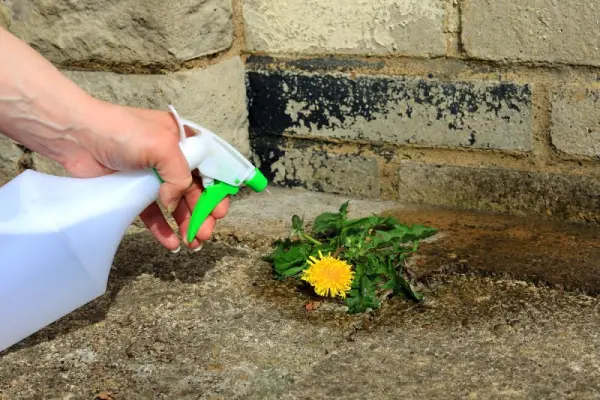
Natural weed killers have fewer toxins than chemical ones and are a safe and effective option for weed control in flower beds.
The following are some of the best chemical-free ways to kill weeds in flower beds:
- Mulch
- Weeding by hand
- Vinegar (be careful, as vinegar can also kill nearby plants)
- Corn Gluten meal
You might be tempted to use salt. While salt does kill weeds and plants, it also poisons the ground and gets into the groundwater. It’s best to stay away from organic weed-killer recipes that call for salt.
How Often Should You Remove Weeds from Flower Beds?
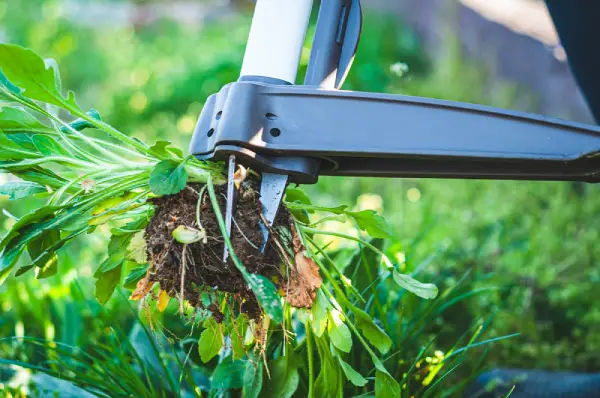
It’s a good idea to remove weeds at least once a week, but that depends on what the weather is like. Typically, the best time to remove weeds is spring and summer. However, pulling weeds in the morning or early evening (when it’s still light out) can provide relief from the heat. Killing weeds in flower beds can take time, but the results are worth it to keep your flower beds thriving and looking pretty.
Can You Plant New Flowers After Using Weed Killer?
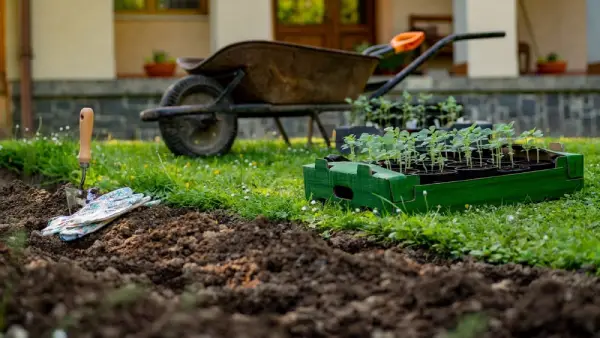
We get it. When you finally have a weed-free flower bed, you can’t wait to start planting again. While you can plant flowers after using weed killer, you just can’t do it immediately after it has been applied. We recommend waiting between 24 to 78 hours to start planting again; this also depends on what type of weed killer you use for weed control in flower beds. If you used a weed killer with chemicals, you might want to wait a week or two before planting again.
How Can You Prevent Weeds from Growing in Flower Beds?
When you know how to kill weeds in flower beds, you can maintain the beauty of your garden. Still, there is no simple solution to prevent weeds from taking over your flower beds. Sometimes, they pop right back up even after all the hard work you put into pulling them. Fortunately, there are other effective ways to kill weeds in flower beds
Consider using these methods for beating weeds once and for all.
Use a Weed Barrier
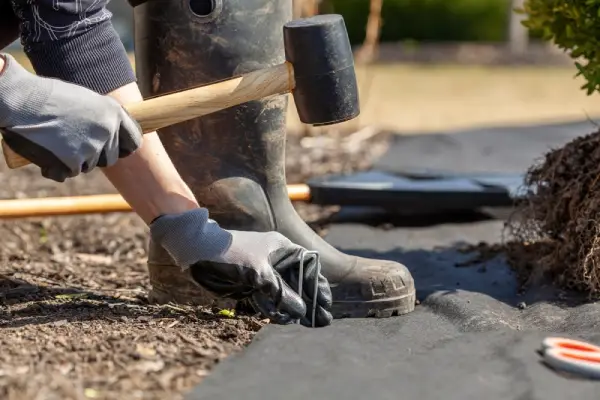
Before planting your garden, lay down landscape fabric or burlap in your flower beds as an effective way to stop weeds from overtaking your garden. Make sure you overlap the ends of each fabric strip by at least 3 to 6 inches, and anchor down the edges with U-shaped garden staples. Then, cut an X and pin back the material where you want to plant each flower. Once the flower has been planted, unpin the material and secure it to the plant with dirt or mulch.
Apply Mulch
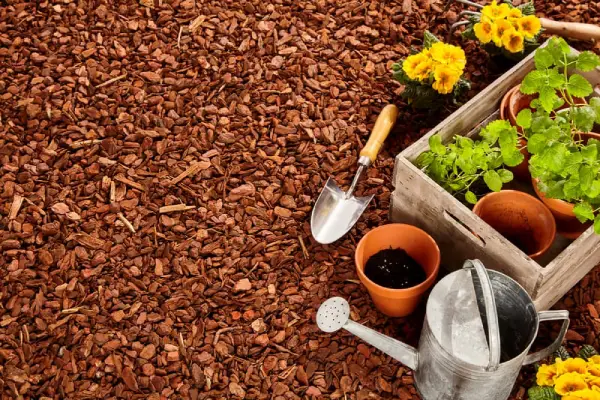
A good layer of mulch, about 3-inches, will do wonders to prevent weeds from seeing the light of day. Plus, it adds a decorative appearance, improves moisture retention, prevents erosion, and serves as a form of pest control. Mulch is most effective when applied in conjunction with a weed barrier under your flower bed. Wood chips, bark, straw, pine needles, and gravel are all popular mulch materials. However, depending on the flowers or plants you want to keep, some mulch options will be better suited than others. If you need help, check with a local landscape expert for advice.
Use Compost
.webp)
While most gardeners view weeds as nothing but a nuisance, they are actually nature’s way of healing wounded, bare sites. After all, plant roots are necessary to hold the soil together and prevent erosion.
If you add fresh infusions of good compost or organic matter, dormant weed seeds are less likely to germinate. Soil scientists aren’t sure why it works this way, but one theory is that when soil is healthy, weed seeds realize they’re out of a job and are less likely to appear where they are not needed.
Till Only When Necessary
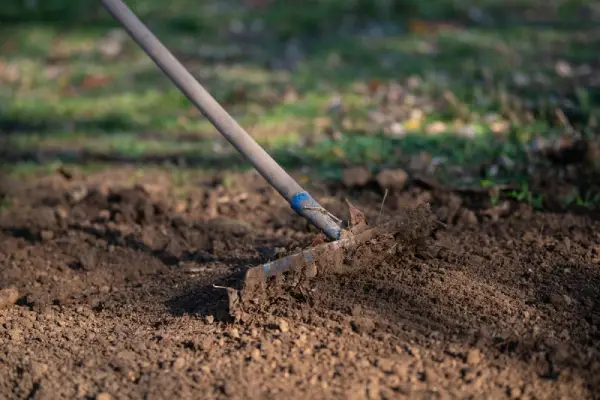
Every cubic inch of dirt contains weed seeds, but only those located one to two inches from the surface receive enough light to germinate. Overturning the soil during cultivation brings new seeds to the surface, ready to erupt with this newfound access to sunlight. Therefore, you should minimize digging and immediately cover disturbed patches with mulch or a weed barrier if you plan to use the area for a garden.
Tackle Weed Growth ASAP

Despite your best efforts to prevent weeds in flower beds, some unwanted plants are still bound to appear. Your best bet for defeating weeds is to attack them while they’re small. Young weeds have shallow roots that can often simply be pinched out of the soil.
When weeds grow too large to pull out by hand, use a garden knife or hand weeder with a long, slender body to make sure you only cut the weed’s roots, not those of your beloved flowers. Also, be aware that weeds are easier to remove shortly after a heavy downpour when the soil is still moist and soft.
If you decide to use weed killer, wait for a calm, windless day with no rain in the forecast. This makes it easier to apply the herbicide right where you want it. Gel formulas are particularly effective because they stick to the weed leaf instead of dripping onto the soil and possibly harming nearby flowers.
Get Your Flower Beds Weed-Free Today
Find The Grounds Guys® near you for more information about how to kill weeds in flower beds or to schedule a professional weed control service. Our experts can safely eliminate all unwanted plants from your flower beds and implement tactics to prevent future growth. If needed, we can also help you create a landscape design that is the envy of your neighborhood.
Once your flower beds are weed-free, we can help keep them healthy and organized with our flower bed edging services. And since all our work is backed by the Neighborly Done Right Promise™, you can expect a high standard of quality. Contact us today for a free estimate!
 Click to call
Click to call


